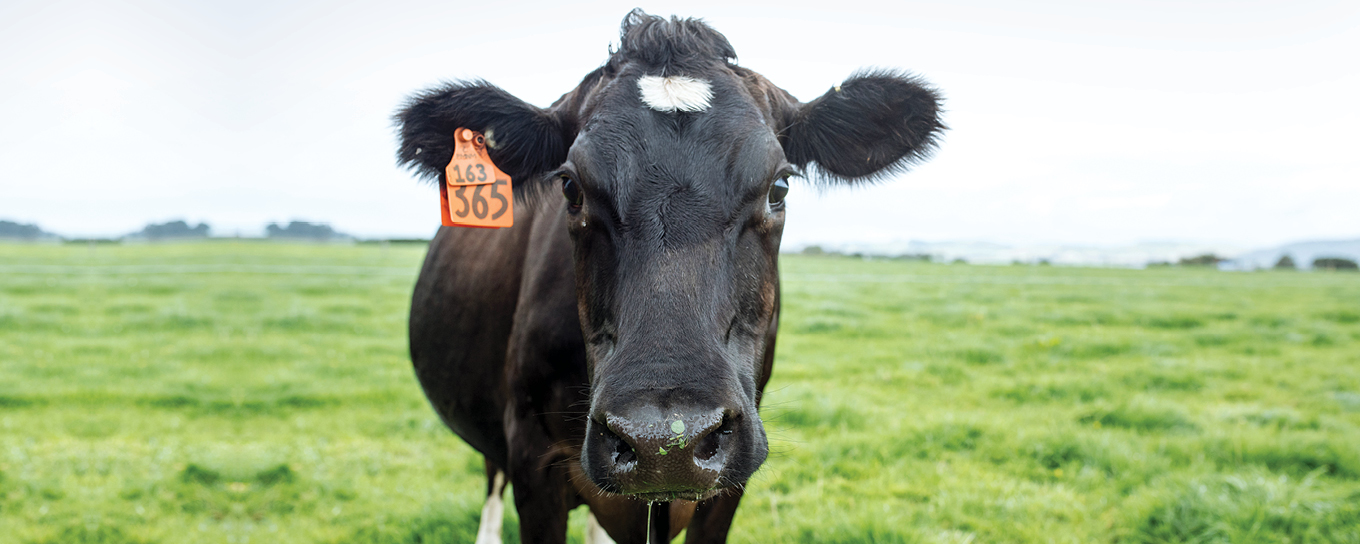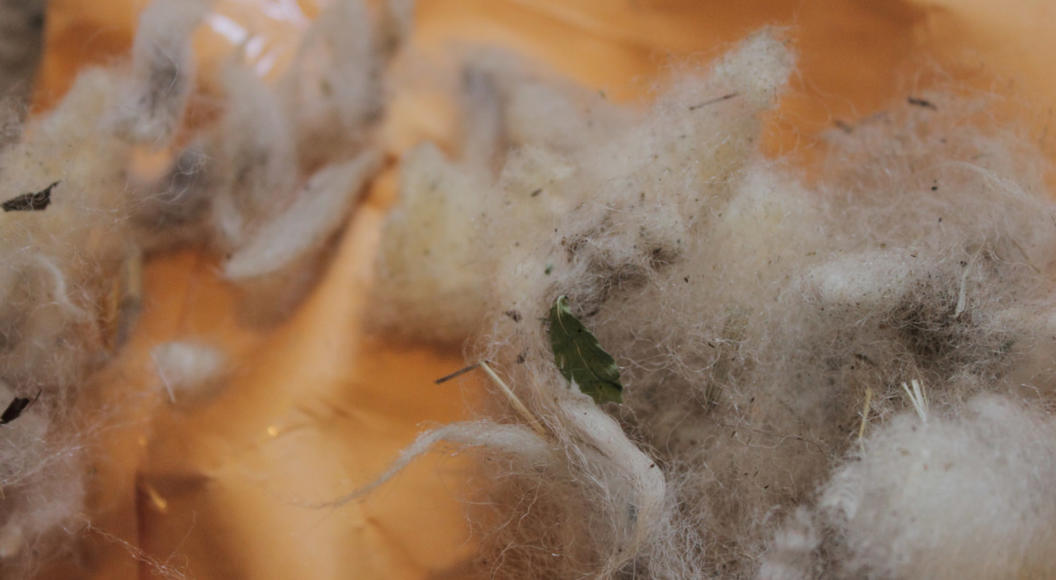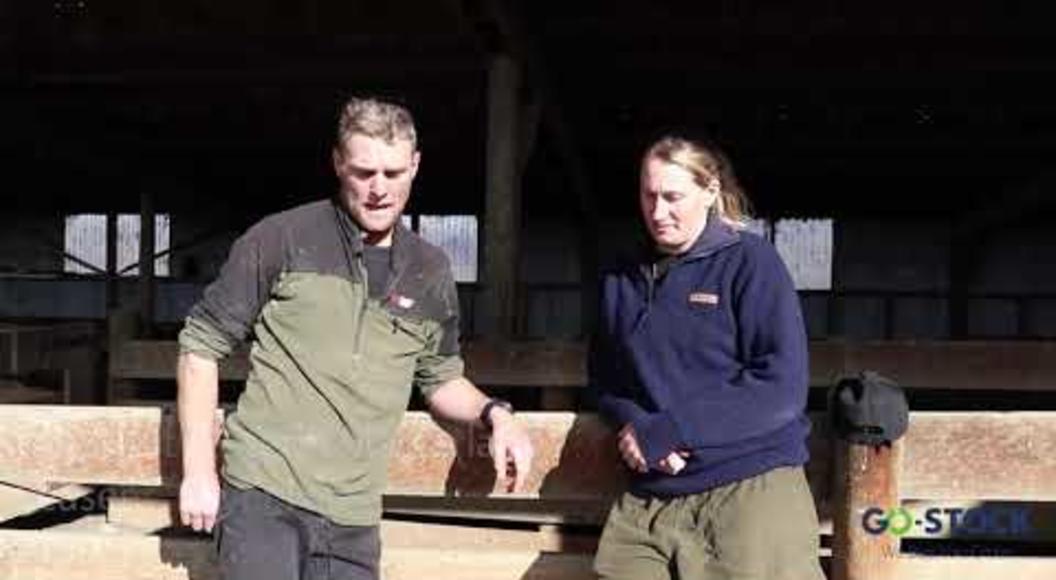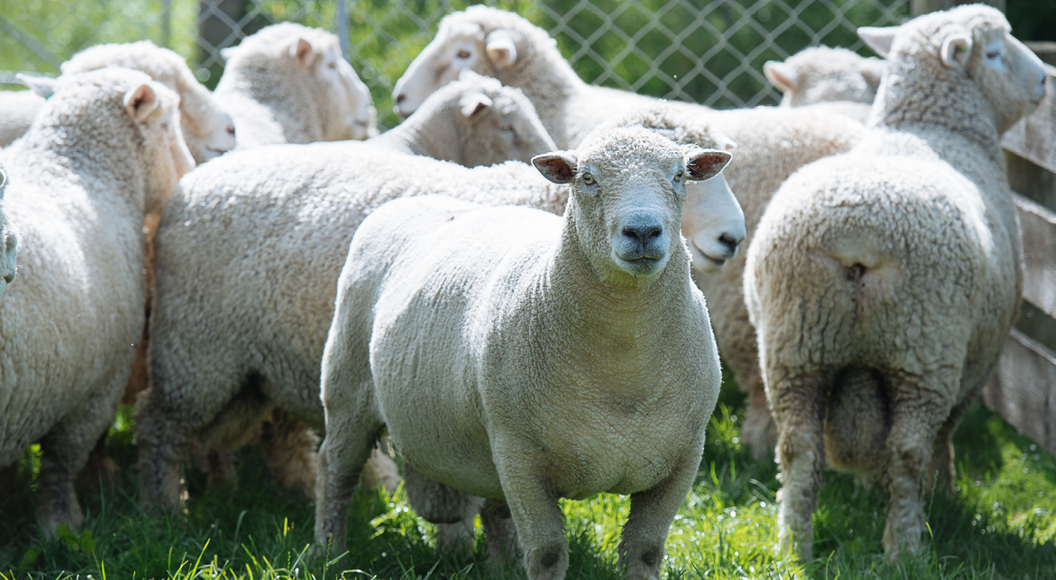
Top Tips for Downer Cows
Cows can go down at or around calving due to complex interactions of the individual cow’s metabolism and minerals.
Milk fever (hypocalcaemia)
This occurs at calving or the first 48 hours after. It usually happens with older, well-conditioned cows with a low blood calcium. In the early stages, cows are still up but are excitable and uncoordinated Progressively cows go down, become quiet and develop an S-bend in their neck. Severe cases become unresponsive, head along the flank or lying flat out, some bloat and may regurgitate rumen contents and choke.
Before treating, always check that the cow has calved. If mastitis is present seek veterinary advice.
Treatment of milk fever:
» In the early stages, use a 500 ml bag of calcium borogluconate (Metaboost CBG) under the skin of the neck, or over the ribs, as well as an oral calcium drench.
» For recumbent cows, give 500 ml Metaboost CBG slowly into the jugular vein in the neck, providing sufficient calcium for two to four hours.
» Once the cow can swallow and is able to retract her tongue when you grab it, administer Pro-Cal Oral, increasing protection to 12 to 24 hours.
» Some cases of milk fever are complicated by low magnesium or ketosis. In these situations, use a combination bag containing calcium, magnesium and dextrose, for example Metaboost 4 in 1.
Grass staggers (hypomagnesaemia)
This can occur anytime and is associated with lush grass and insufficient effective magnesium supplementation. In the early stages, cows are agitated, twitch and may kick cups off. A drop in milk production can occur at the herd level. Progression leads to excited aggressive behaviour, eventually going down, but remain alert and easily stimulated. Severe cases may seizure before becoming unresponsive. Grass staggers is an emergency, so immediately treat. Staff safety is important when treating, as cows can become very aggressive.
Treatment of grass staggers:
» Mild cases require 500 ml of Metaboost 4 in 1 under the skin, also drench with an oral calcium and magnesium treatment. Repeat bag under the skin in 12 hours or drench cows with Oral Mag, an oral magnesium supplement.
» Severe Cases require 500 ml bag of magnesium sulphate under the skin and call a vet for further advice immediately.
General care of downer cows
To get the best results from your treatment efforts and to look after the welfare of your cows, a nursing programme should be considered.
» Cows become hypothermic, so use a ground sheet and cow cover, and bring into shelter/barn if possible.
» Offer water and high quality food at all times.
» Consider giving a starter oral drench for extra energy, for example Rite-Start or Over the Moon.
» Use lifters for short periods several times daily, roll cows from side to side to help blood circulation in muscles of legs. Never leave cows hanging in clamps/sling.
If you have any specific questions relating to metabolic disorders, contact your local PGG Wrightson Technical Field Representative for specific recommendations.
Sponsored by Animal Health Direct


